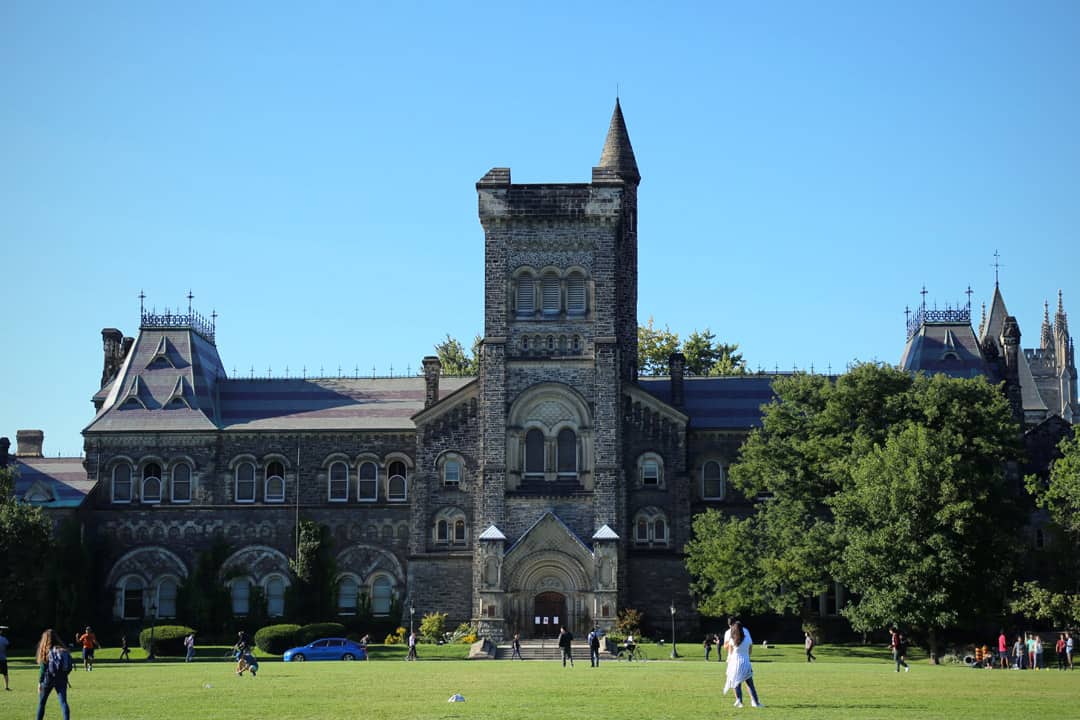Last Monday, the Business Board of U of T’s Governing Council reported that millions of dollars in provincial funding for facility maintenance expected in January had not yet been announced, possibly due to the provincial government’s budgetary changes. The board also presented the university’s new initiative to implement a tuition deposit for prospective international students.
The meeting, the third of the 2018–2019 year, was held on February 4. The Business Board monitors and approves the university’s business policies and major transactions.
Aside from voting to approve the report of the previous meeting, all open session items were for information, meaning that no action needed to be taken.
Deferred maintenance funding
Ron Saporta, the Chief Operating Officer of Property Services & Sustainability, presented the annual report on deferred maintenance for 2018. U of T’s Facility Condition Index (FCI) is 15.2 per cent, up from 13.4 per cent last year.
The FCI is a standard index used to assess the conditions of a building against norms. At U of T, facilities with an FCI higher than 10 per cent are ‘Poor.’ U of T’s FCI is “significantly higher than the [Council of Ontario University] average of 11%,” according to the report.
The increase is partially due to a new FCI-measuring method used on 24 buildings. Saporta said that these were “heavily weighted in laboratories, which tend to have a higher cost” and which thus do not form a representative sample of U of T buildings.
Using the FCI framework, there are 78 ‘Poor’ buildings at U of T — 71 at UTSG, three at UTM, and four at UTSC. In order for the university to maintain its 15.2 per cent FCI next year, an investment of $28.7 million is required; last year, the university invested $24 million.
Of last year’s funding, $7 million came from the provincial government’s Facility Renewal Program. Scott Mabury, Vice-President Operations, said that the university usually receives notice of this funding in January but, as of the meeting, had not yet received anything.
The report notes a “growing concern that this funding may be impacted by the anticipated provincial budget changes.”
Saporta added that to bring the university’s FCI down to a ‘Fair’ rating of maximum 10 per cent, the university would need to invest $66 million per year over 10 years.
According to Mabury, $28.7 million is enough to make renewals to Priority 1 buildings, which are described in the report as “assets that are well beyond useful life or are currently failing.”
International intake, tuition deposit
Vice-President International Ted Sargent presented his annual report on international student initiatives at the university. Among the new policies is the implementation of a tuition deposit for prospective international students.
“Until recently, essentially students could accept our offer, but they didn’t have to put any appreciable money down,” Sargent said. The list of prospective students who pay the deposit will be used to create “a waitlist to take in the right number of students and pursue [the university’s] diversity goals.”
International intake from Africa and the US is falling short of the university’s targets, while intake from India and a number of East Asian countries are exceeding projections.
“The US is the world’s most competitive higher education market, and the University of Toronto really should be on the list of the best students coming out of the US, thinking about where to go,” Sargent said.
The university has also increased its targets for outbound exchange students from 20 per cent to 30 per cent. Sargent’s office is working with the provost’s office to establish a fund to support students for whom the cost of studying abroad may be too expensive.
In response to a question about potentially targeting international students to make up for revenue losses from the provincial government’s 10 per cent tuition cut, Mabury said that increases to international intake is done for academic reasons. “It is not [a] financial imperative. That’s not how we view international students. It’s primarily academic.”
New fund to support research grants
Vivek Goel, the Vice-President Research & Innovation, announced a new $2 million donation from Professor Daniel Drucker to establish the Drucker Family Innovation Fund.
The donation is contingent on U of T and the University Health Network (UHN), an affiliated medical research organization, both matching it to bring the endowment to $6 million.
“Professor Drucker is hoping that when we publicly announce this with the [UHN], it will be the kickoff for [a] much larger fundraising campaign,” said Goel.
Income generated by the fund will be used for an annual grant competition for faculty affiliated with the Banting and Best Diabetes Centre and the Department of Medicine at Mount Sinai Hospital and UHN. Grants of up to $50,000 will be awarded.
Goel said that when U of T researchers’ inventions generate revenue above a certain threshold, the university receives portions of their royalties. The university’s $2 million will thus come from revenue generated by Drucker’s discoveries.


